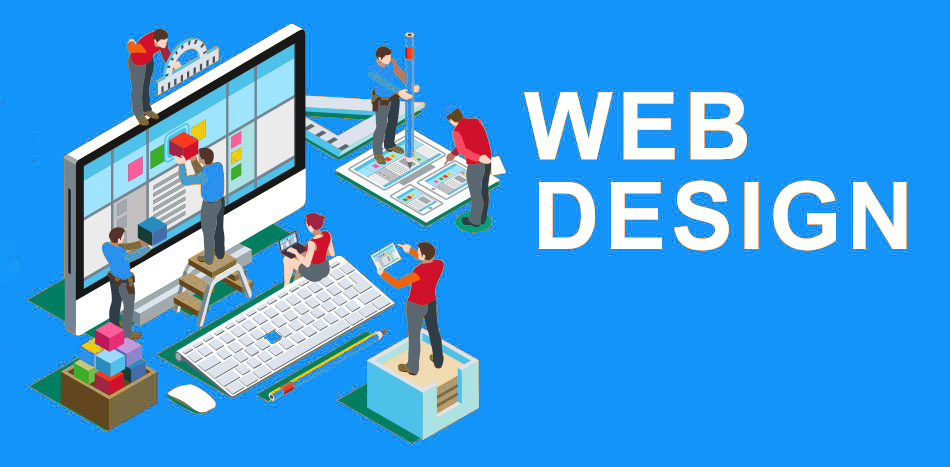
This course provides a comprehensive introduction to web technologies, design principles, and development techniques. It covers the fundamentals of the internet, including TCP/IP, HTTP, FTP, and client-server architecture. Students will learn how the World Wide Web (WWW) functions, including domain naming systems (DNS) and electronic mail.
The course introduces HTML and Dynamic HTML (DHTML) for structuring web pages, along with CSS for styling. Students will explore client-side programming using JavaScript and VBScript, including DOM manipulation and form validation. Additionally, the course delves into server-side programming, covering Active Server Pages (ASP), CGI scripting, and Internet Server APIs (ISAPI) to create dynamic web applications.
Key topics include web browsers, web servers (Apache, IIS), intranets, and website security. The course concludes with a hands-on project, allowing students to design and develop a functional, interactive website incorporating both front-end and back-end technologies.
By the end of the course, students will have a solid foundation in web development and be equipped with the skills to create dynamic, user-friendly websites.
- Teacher: John Njiru

